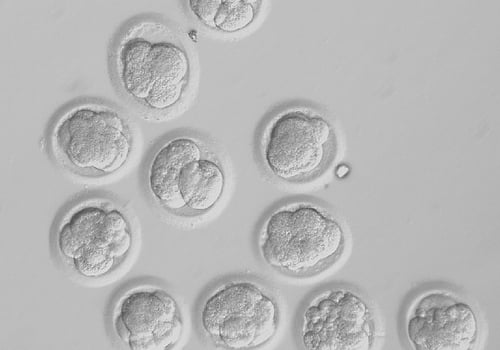Human Embryonic Stem Cells Cloned
Scientists from Oregon Health and Science University reported on Wednesday in the scientific journal Cell that they had created embryonic stem cells from a cloned human embryo. This is the first time that human stem cells have been produced using nuclear transfer, a cloning technique in which the nucleus of one person’s cell is transferred into an egg that has had its nucleus removed. The technique could be used to create patient-specific human embryonic stem cells, which could be used to study genetic diseases, aid drug development, and for therapeutic transplantation back into a patient.

Patient-specific stem cells can also be created by “deprogramming” adult cells such as skin cells into a stem-cell state (see “Medicine’s New Toolbox”). The resulting induced pluripotent stem cells are widely used by researchers. But some studies suggest that genetic and molecular abnormalities may be more common in the induced pluripotent stem cells than in cloned embryonic stem cells and it’s not yet clear how well induced pluripotent stem cells will be at creating the diversity of cell types in the human body.
In the Wednesday report, Shoukhrat Mitalipov and colleagues write that past attempts at creating cloned embryonic stem cells were troubled by developmental arrests in the embryos created by nuclear transfer. According to Nature,the investigators tested and tweaked cloning techniques on “more than 1,000 monkey eggs before moving on to human cells” and finding the right combination of methods.
The resulting technique makes use of the outer covering of a virus that triggers cell fusion, an electric pulse to activate development of the egg-nucleus hybrid, and a bit of caffeine to steady embryonic development. The researchers used the cloned embryonic stem cells to produce different cell types, including heart cells capable of beating. The embryos described in the paper were grown for a maximum of seven days.
Some may worry that scientists can now clone humans, but according to an OHSU release, Mitalipov has tried for several years to produce a monkey from nuclear-transfer embryos without success. As reported by National Public Radio: “The procedures we developed actually are very efficient to make stem cells, but it’s unlikely that this will be very useful for kind of reproductive cloning,” Mitalipov says.
Keep Reading
Most Popular
Large language models can do jaw-dropping things. But nobody knows exactly why.
And that's a problem. Figuring it out is one of the biggest scientific puzzles of our time and a crucial step towards controlling more powerful future models.
How scientists traced a mysterious covid case back to six toilets
When wastewater surveillance turns into a hunt for a single infected individual, the ethics get tricky.
The problem with plug-in hybrids? Their drivers.
Plug-in hybrids are often sold as a transition to EVs, but new data from Europe shows we’re still underestimating the emissions they produce.
Stay connected
Get the latest updates from
MIT Technology Review
Discover special offers, top stories, upcoming events, and more.